I'm writing from the magnificent pile of stone and anguish known as Chapter 11 Books, situated between a Jiffy Lube and a drive-thru mortuary, and patronized primarily by people who'll have to come back when they've got more time. At the moment I'm wondering how one retires from a trade that most people take up after they retire. No answers are forthcoming. It's beginning to look as if I'll die with my books on.
The dream ends. I wake to find myself in a slightly too comfortable chair at the edge of my booth at the Twenty-Fourth, or Twenty-Fifth, or Twenty-Sixth Annual Antiquarian Book Fair at John Dewey Academy, in Searles Castle, Great Barrington, Massachusetts. It's been a slow day, but days at this show are always slow.
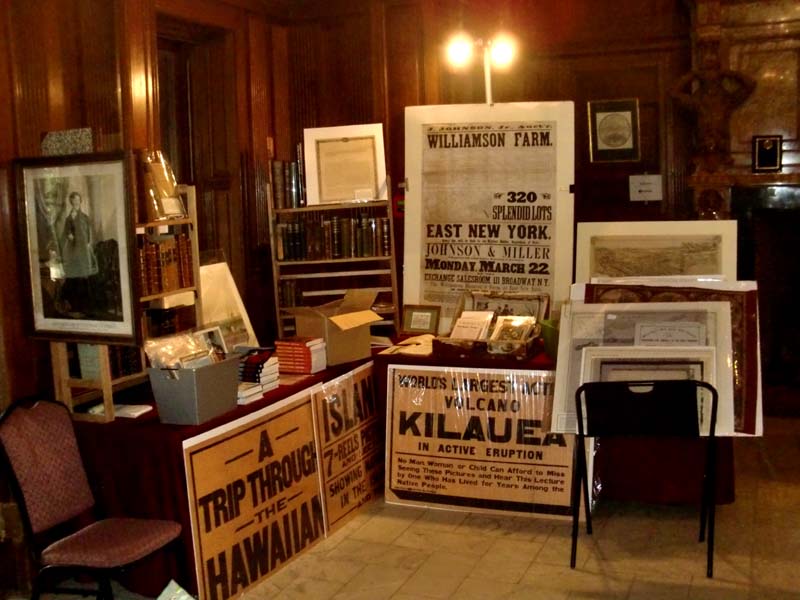
People drift in and out - polo shirted upper middle class people with frighteningly well behaved children, men in pink shorts, a lady with a Service Dog in a baby carriage.
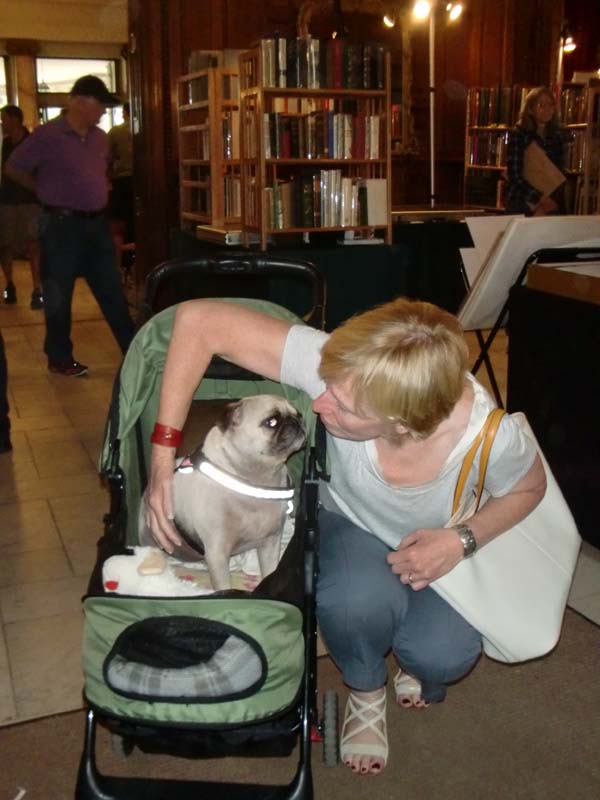 These folks are on vacation, and they've got all the time in the world. They poke around, consult one another, amble off, return, ask questions. They seem to be intelligent, sophisticated people. They're here in the Berkshires from places like Boston and New York, for the Tanglewood Music Festival or to visit the area's many galleries and museums, and we entertain their questions because, occasionally, a question will lead to a purchase. Often the question is, “Can you do any better on the price?” If you say it right, I suppose, it sounds intelligent and sophisticated.
These folks are on vacation, and they've got all the time in the world. They poke around, consult one another, amble off, return, ask questions. They seem to be intelligent, sophisticated people. They're here in the Berkshires from places like Boston and New York, for the Tanglewood Music Festival or to visit the area's many galleries and museums, and we entertain their questions because, occasionally, a question will lead to a purchase. Often the question is, “Can you do any better on the price?” If you say it right, I suppose, it sounds intelligent and sophisticated.
Because everyone's on vacation, no one is on a schedule. That means customers wander into the book fair all day long. Today, however, not enough customers have been wandering in, or they've been wandering in too slowly. Bernice Bornstein, the show's promoter, is concerned.
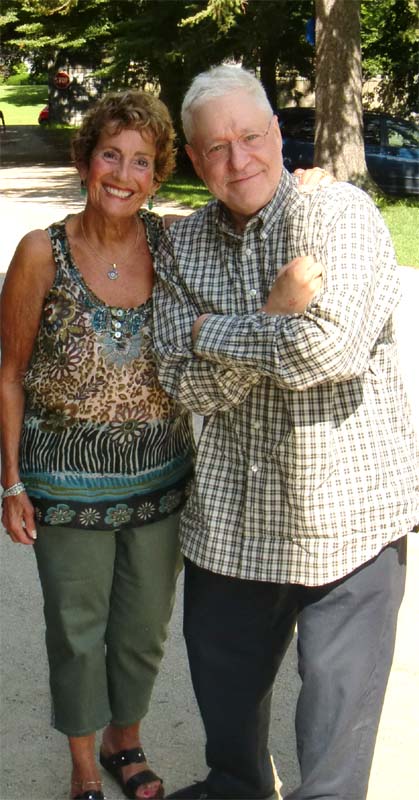
Beauty & the Beast - Bernice Bornstein and Peter Stern
Almost every dealer has sold something, but several have not sold enough. (In this context “enough” means enough to pay for travel, room and board, and booth rent. Not meeting these basic expenses is a bummer. We've all been there, and none of us want to go there again. Hearing such a report from a colleague evokes feelings of sympathy and solidarity rather than superiority.)
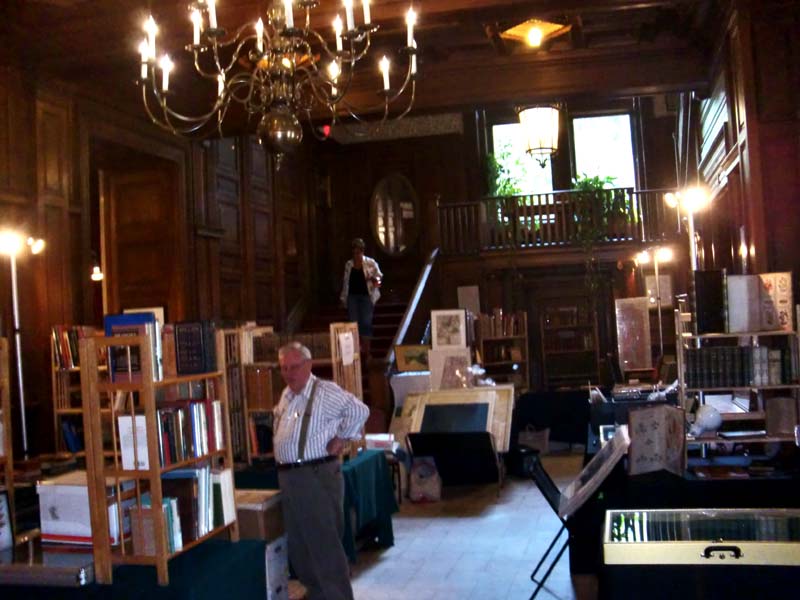
The road to Searles Castle was a long and winding one for Bernice - crowded, initially, with camper vans and portapotties. She and her first husband got their start hustling antiques at the Brimfield shows. It was, Bernice conceded, a rough life, but it had its benefits. The Bornsteins became fast friends with Paul and Arlene Gipstein, who went on to found the famous Papermania shows in Hartford, CT. This association inspired Bernice to to start a long running antique show at the Northeast Trade Center, a huge, decrepit barn in Woburn, Massachusetts. I got my first taste of antique show culture at this show in the early 1980s, and it was scary. The dealers were mostly squabbling, middle aged couples. They ate their lunches out of plastic coolers and were constantly on guard against theft of goods or reputation by their colleagues, other squabbling, middle aged couples.
The aggressive Irene Stella pushed Bernice out of that loop in the early 1990s, which was when dealer Rex Stark helped reinvent her, sort of the way Rex Harrison reinvented Julie Andrews in My Fair Lady. Well, at least he got her organized, and she soon started a paper and ephemera show at the Holiday Inn in Boxborough, Massachusetts.
Bernice, always a fountain of energy, will readily admit to being somewhat disorganized. The fact that this Searles Hall book fair is advertized as being the "24th annual" on her website, and the "26th annual" on her promotional literature is evidence of that – as are the several shows in which she inadvertently rented out more booths than the venue could accommodate – occasions hilarious for everyone except those dealers involved. And Bernice, of course. And crossword puzzle savant Bill Hutchison, who with Garry Austin figured out how to squeeze 42 booths into a space designed for 40, and spared Bernice from being tarred and feathered.
The success of the Boxborough show led Bernice to explore other possibilities. Interestingly, she was also motivated by a desire to raise the tone of her shows. “No disrespect to paper people,” she says. “They're wonderful, but they're schleppers. Now, these book people, when they get their booths set up, they're nice and tidy.”
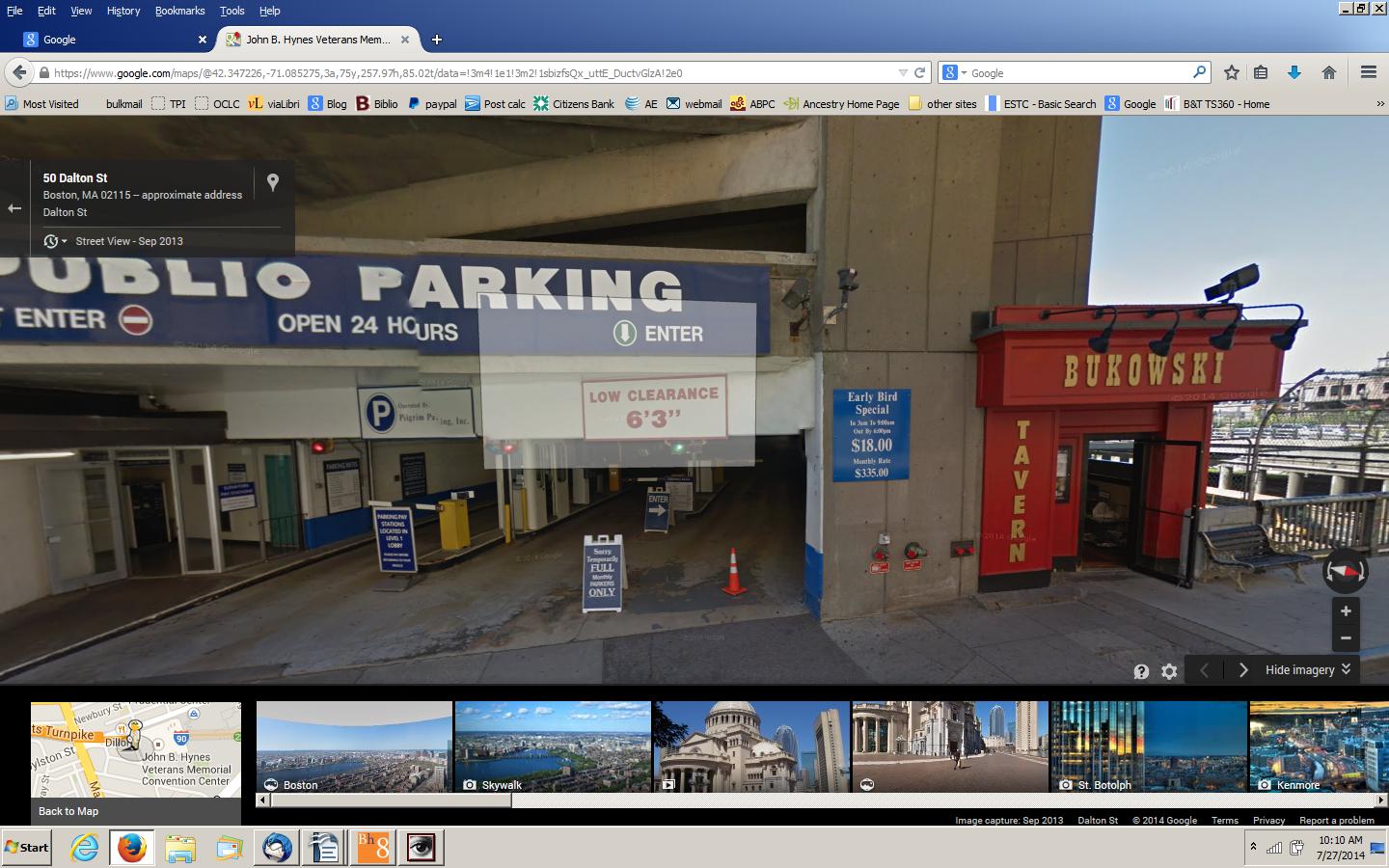
Searles Castle was one of Bernice's brainstorms. She knew about it because she'd been born and raised in the area. But the fact that she's taken this show through two sets of Castle owners, and from antiques to books and paper, is a tribute to her ingenuity. It should also be noted that, in the course of her experiments with venues in the 1990s she opened a show in her husband's parking garage on Dalton St. opposite the Hynes Convention Center.
My memories of that show feature the queasy, spiraling, vertiginous, hungover journey down five flights of concrete stairway on opening morning, accompanied by the awful smell of auto exhaust, and frigid blasts of November air from street level. But more important is the fact that this event pioneered the so-called “Shadow Show” idea. Her infamous Garage Show was held on the same weekend as the big ABAA book fair in the Hynes next door. It offered a less expensive alternative for non-ABAA dealers, and a terrific buying opportunity for those dealers exhibiting at the big show.
Bernice might have the Goldie Hawn thing going, but she's been pretty savvy about her shows. After she and Marvin broke up, Bernice saved her show by moving it from the parking garage to the Park Plaza Castle and the Radission Hotel down the street. A lot of dealers made a lot of money thanks to Bernice.
At the time of its inception, Bernice's idea for a second show faced stiff resistance. Many ABAA people felt she was cutting in on their action or slurping up free publicity. They feared that buying dollars would be spread too thin, and that a second, non-ABAA show would water the product down. However, after a couple of years it was clear that this was a classic win-win situation. Now a “Shadow Show” accompanies the New York ABAA fair and, in a way, the California fairs as well.
So, here's to you Bernice! Thank you for 26 years at the idyllic Searles Castle.
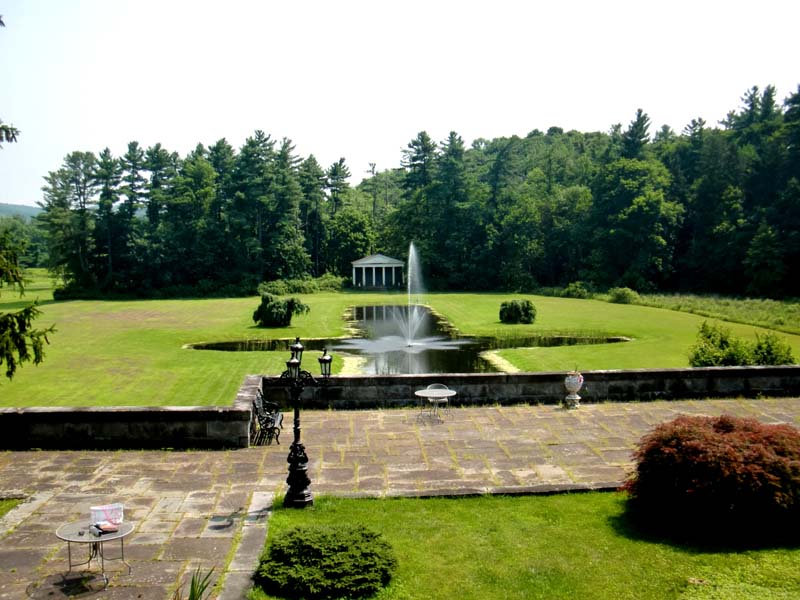
Or is it 24?
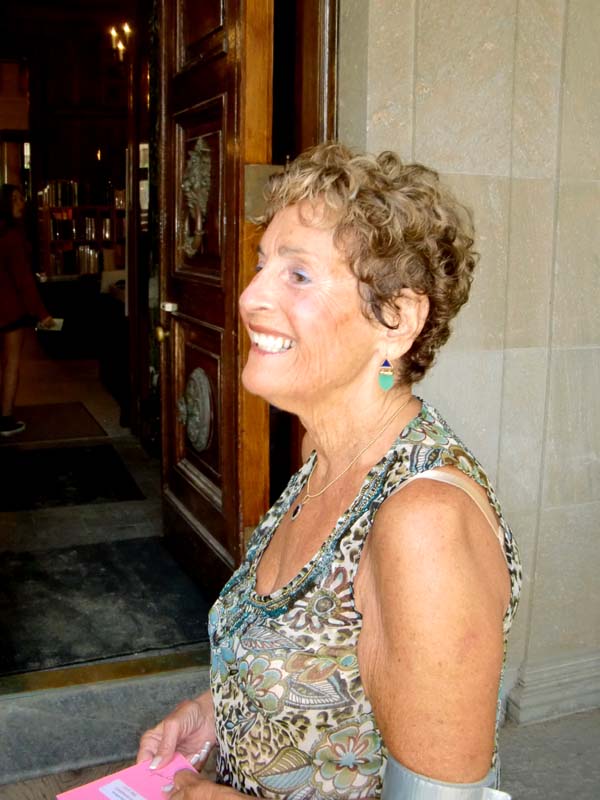
Rex?
The buying wasn't so hot, but I did find one thing that played into my China Trade obsession.
Chinese Repository, Volume III. May 1834 – April 1835. Canton, 1835. 584, viii (index) pp. This periodical was published in Canton by Protestant missionaries, notably Elijah Coleman Bridgeman, between 1832 and 1851. These early volumes are of particular interest because they document the increasingly troubled years leading up to the First Opium War in 1839. This volume includes articles on missionary work, social conditions, politics, the British presence, current events, the Chinese written language, and such topical subjects as “Chinese Pirates.” It lacks a plate of Chinese written characters, but contains the b/w lithographed map measuring 13 x 18 ½ inches of “the Choo Keang or Pearl River,” from Ladnrone Island to Canton. The book is rebound in full green morocco with raised bands and gilt spine lettering. $750
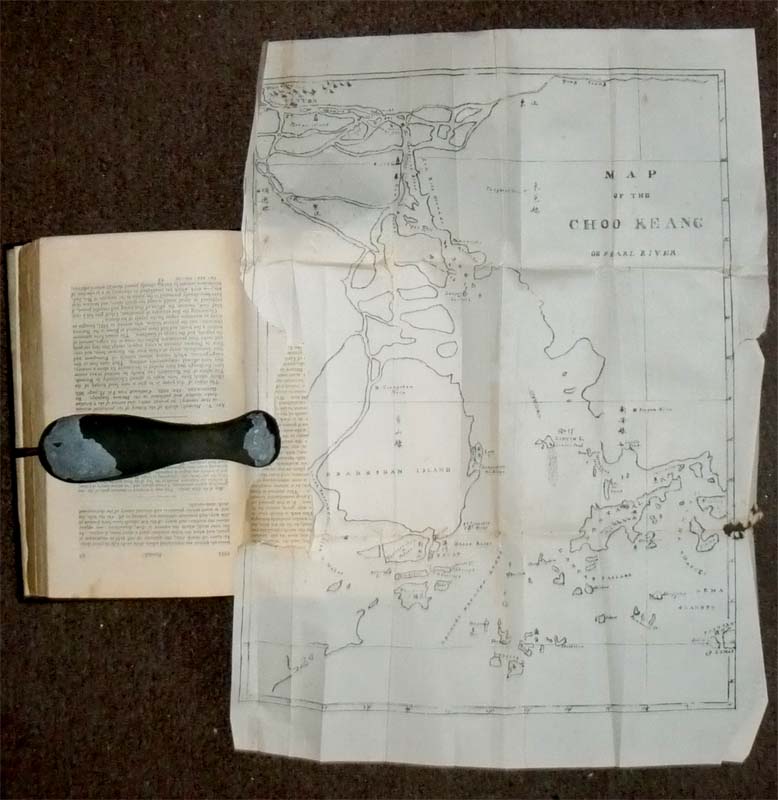


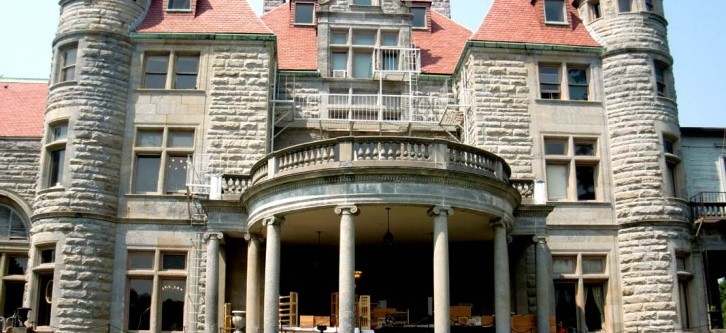

 These folks are on vacation, and they've got all the time in the world. They poke around, consult one another, amble off, return, ask questions. They seem to be intelligent, sophisticated people. They're here in the Berkshires from places like Boston and New York, for the
These folks are on vacation, and they've got all the time in the world. They poke around, consult one another, amble off, return, ask questions. They seem to be intelligent, sophisticated people. They're here in the Berkshires from places like Boston and New York, for the 




